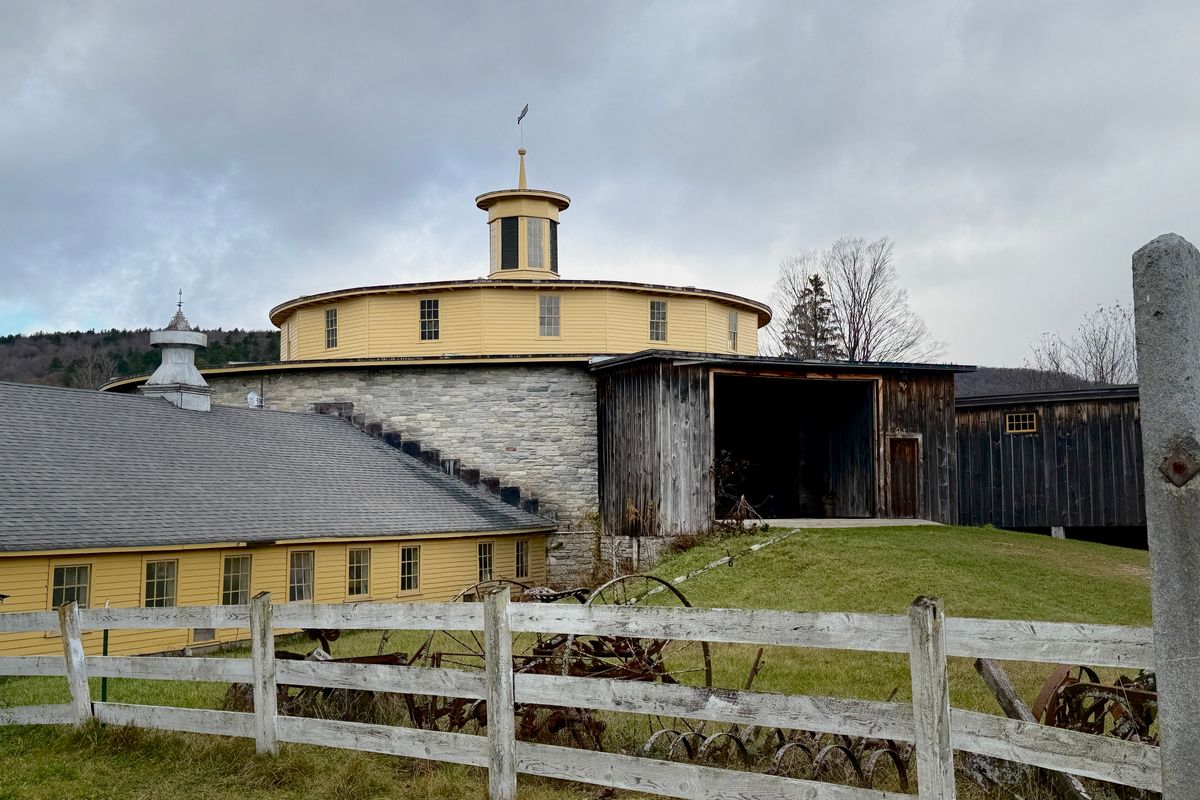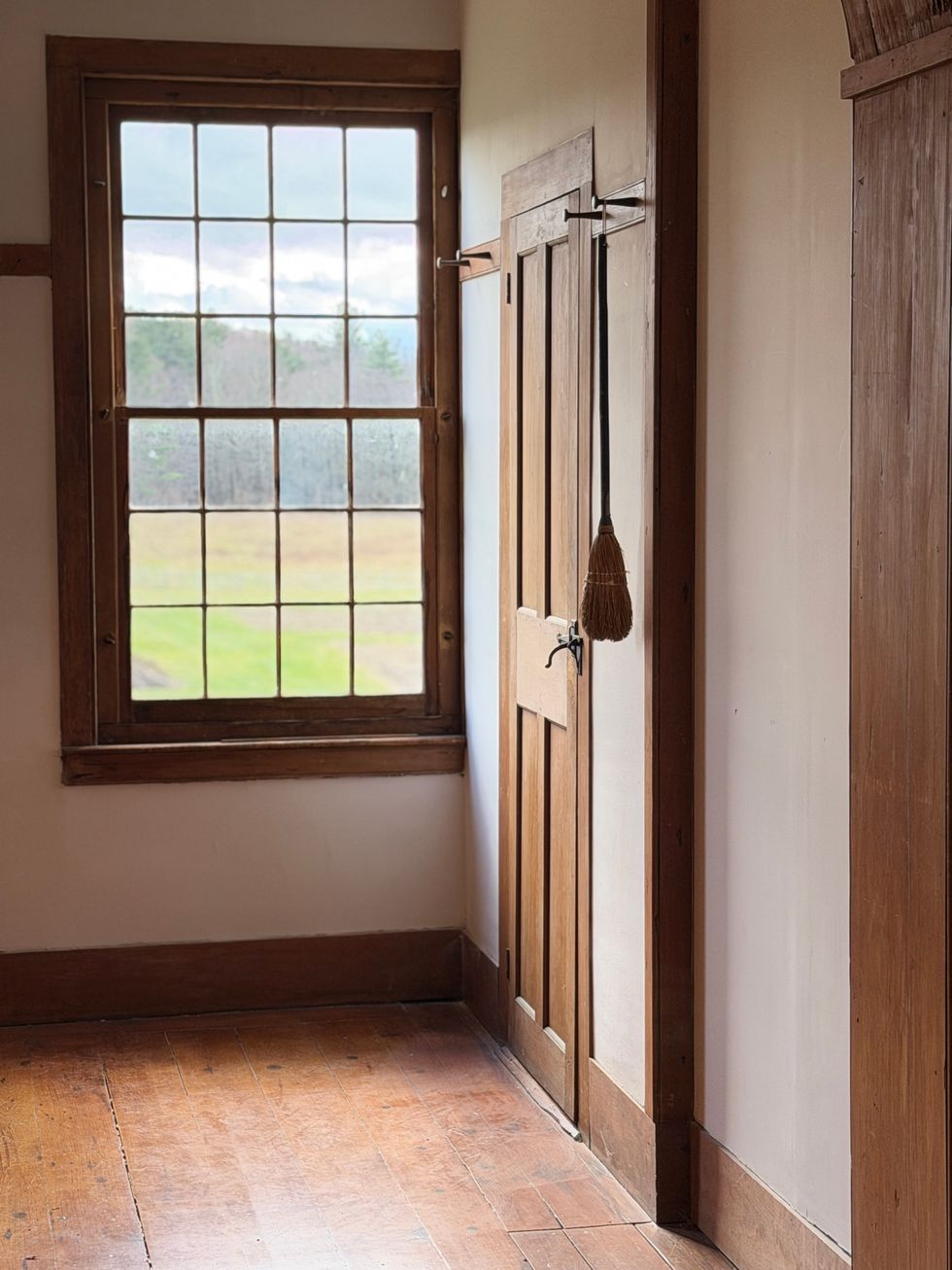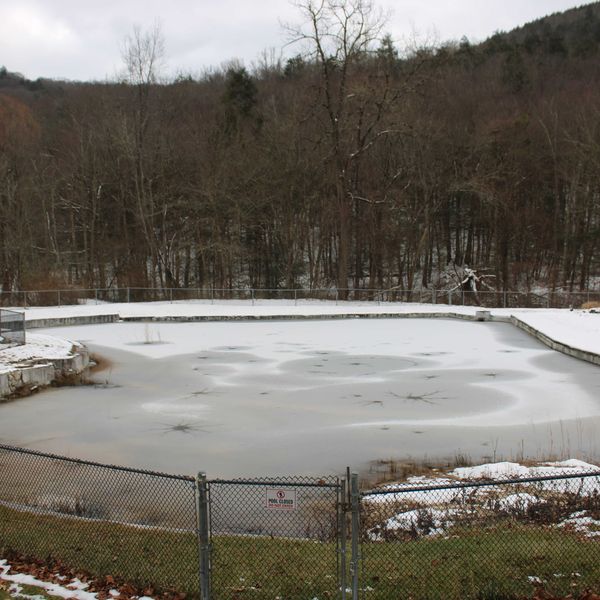America is running out of water. During the next 50 years, the nation could see its fresh water supply reduced by one third. But if you think that’s a problem for the next generation, you are wrong. This year alone, as many as 83 out of 204 U.S. water basins could begin to feel the brunt of these shortages.
And don’t think these shortages will only affect those regions that we would expect to be dry. The central and southern Great Plains, the Southwest and central Rocky Mountain states, as well as the South, Midwest and parts of California are all in danger. The twin culprits are rising temperatures and changing rainfall patterns brought on by climate change.
The wettest regions of the country are getting wetter, while the driest areas are getting dryer. At the same time, we are seeing more intense concentrations of rainfall that make capturing and using that water more difficult. If you combine that with temperature changes that are expected to heat up the nation by 5.7 degrees in the years ahead, you have a perfect storm for water shortages.
But that’s only the tip of the iceberg. The demand for clean, fresh water is also increasing. Population growth alone is setting us on a path where we are going to need to make hard choices between water use for drinking, irrigation (37% of water usage is for agriculture) and manufacturing. We already are fighting over water in many states. The Colorado River is just one example of the ongoing controversary of water use and states’ rights.
However, most Americans simply assume that if push comes to shove, there will always be enough clean tap water in most of the major cities and towns, at least in places like the Northeast, where we live. Think again. Our drinking water has been contaminated by industry, weakening government oversight and aging infrastructure for years and years. Did you know, for example, that a water main breaks in the U.S. approximately every two minutes?
Leaking lead from aging pipes in New Jersey, radioactive waste in the ground water in Arizona and New Mexico from uranium mines, hookworm disease in Alabama from sewage pipes, mining spills in Kentucky, chemicals in the South Carolina water supply — these are just some of a long list of calamities that are popping up more and more frequently throughout the country.
In the middle of this crisis, the demographics of the U.S. population are changing. Some cities and communities are getting bigger and richer, while others in areas such as the upper Midwest, the Great Plains and the Mississippi Delta are dealing with fewer resources and declining populations. Unfortunately, these trends will mean increasingly unaffordable water for certain segments of the population going forward. Today, for example, in some areas of North Carolina, a low-income family of six people needs to work 4 to 5 days each month just to cover their water bill.
Utility disasters, such as the massive lead-tainted water crisis in Flint, Michigan, which began in 2015, are expected to grow in frequency and with increasing economic impact. The most recent calamity involves a Florida reservoir in the Tampa Bay area on the brink of collapse. It was leaking toxic wastewater and could have devastated much of the region’s environment and economy. It was narrowly averted, although environmentalists had been warning of the danger for years.
The truth is that many cities and states face huge upgrades in their water infrastructure and have for many years. The only way to obtain the money is to raise taxes or borrow the funds through municipal bond offerings. If you live in a big city or state with a prosperous population, that may be costly but still possible. But what do you do if your utilities are serving a shrinking or stagnant population with lower income prospects?
Given the dilemma we face as a nation in this area, the Biden Administration’s infrastructure proposal seems to be on the right track in proposing $45 billion in grants to help water utilities replace lead water lines and another $56 billion for water and sewer projects. It seems clear to me that preserving our water supply, both now and in the future, is every bit as important as fixing our roads and bridges. As for our growing water shortage, let’s hope we all finally take climate change seriously.
Bill Schmick is registered as an investment advisor representative of Onota Partners, Inc., in the Berkshires. Bill’s forecasts and opinions are purely his own and do not necessarily represent the views of Onota Partners, Inc. (OPI). None of his commentary is or should be considered investment advice. Direct your inquiries to Bill at 1-413-347-2401 or e-mail him at bill@schmicksretiredinvestor.com. Investments in securities are not insured, protected or guaranteed and may result in loss of income and/or principal.




 Shakers referred to their farm as the City of Peace.Jennifer Almquist
Shakers referred to their farm as the City of Peace.Jennifer Almquist


 A Shaker chair.Jennifer Almquist
A Shaker chair.Jennifer Almquist The Shakers embraced practical designs of great utility and beauty.Jennifer Almquist
The Shakers embraced practical designs of great utility and beauty.Jennifer Almquist
 Interior of Lakeville Books & Stationery.Provided
Interior of Lakeville Books & Stationery.Provided




Water is becoming a rare commodity